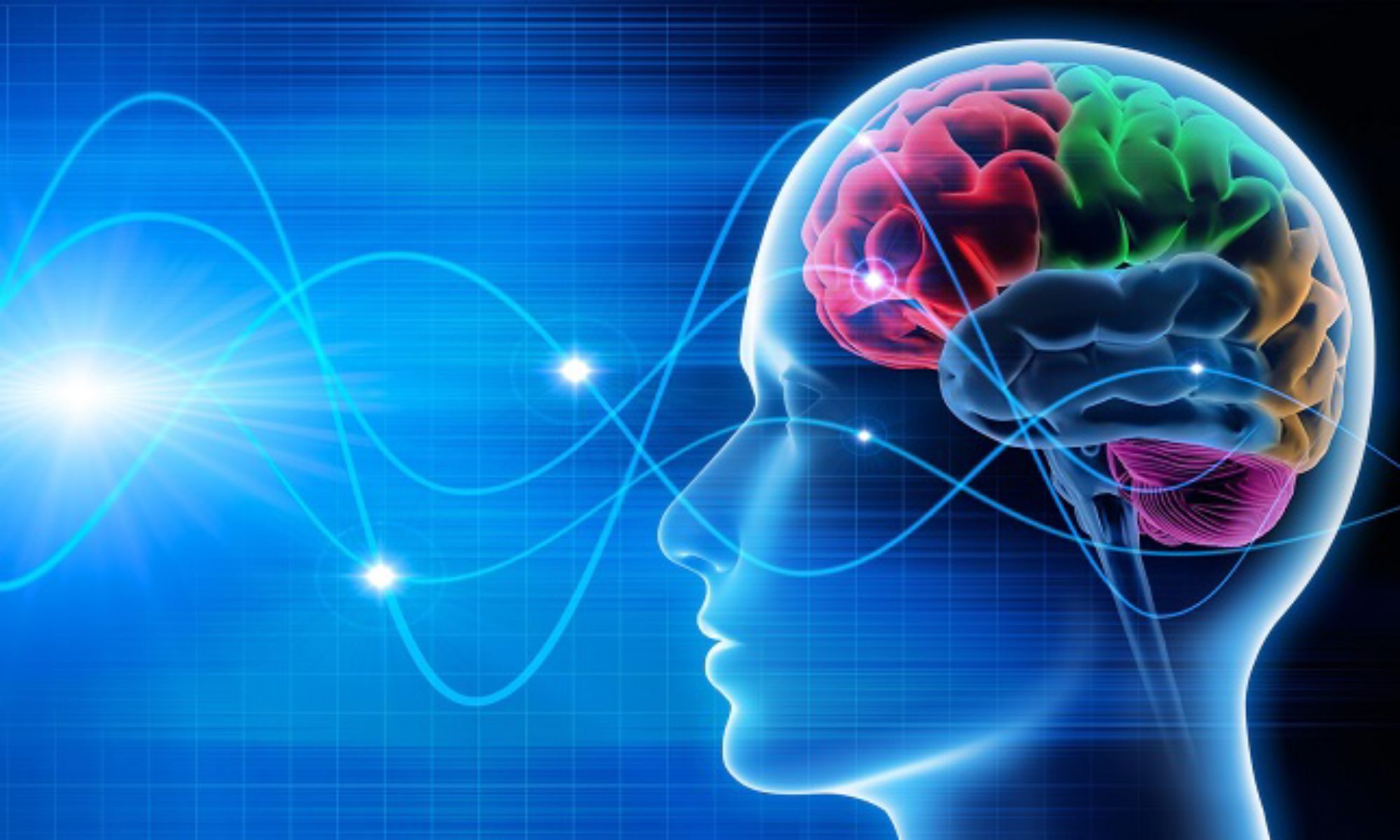Is TMS therapy cleared by the FDA?
The NeuroStar TMS Therapy system was the first TMS device to be cleared by the U.S. Food and Drug Administration (FDA) for the treatment of major depression. The NeuroStar TMS Therapy system is also the first TMS device to have been evaluated in a large, multicenter, controlled clinical trial.
Is TMS therapy uncomfortable?
The most common side effect related to treatment is scalp pain or discomfort – generally mild to moderate – present during treatment sessions.
If necessary, this discomfort can be treated with an over-the-counter analgesic e.g., ibuprofen or acetaminophen. If these side effects persist, your doctor can temporarily reduce the strength of the magnetic field pulses being administered in order to make treatment more comfortable.
Less than 5% of patients treated with TMS therapy discontinued treatment due to side effects.
Is brain imaging necessary for TMS therapy for depression?
Brain imaging (MRI’s, CT’s, etc) are not necessary to determine the appropriate area of TMS treatment for depression. The area of treatment known as the Dorsal Lateral Pre-Frontal Cortex (DLPFC) can be properly located and confirmed without the use of brain imaging scans. There is no research supporting the notion that treating an area of your brain other than the DLPFC or using scans to locate other areas delivers better outcomes than the FDA method.
Is TMS therapy like other alternative therapies which use magnets to treat some illnesses?
No. TMS Therapy involves a unique method of using pulsed magnetic fields for therapeutic benefit. The intensity of the magnetic field is similar to that of the magnetic fields used in magnetic resonance imaging, or MRI. These techniques differ radically from the use of low intensity, static magnetic fields. These products deliver weak and undirected static fields that are not capable of activating brain cells.
Is TMS therapy like electroconvulsive therapy (ECT)?
No, the two procedures are very different. While both are effective in the treatment of depression, there are many differences in safety and tolerability.
During the TMS therapy procedure, patients sit in a chair and are awake and alert throughout the entire procedure – no sedation is used with TMS therapy. Patients can transport themselves to and from treatment. In over 10,000 active treatments with TMS therapy in clinical trials, no seizures were observed. TMS therapy was also shown to have no negative effects on memory function in clinical studies. However, there is a remote risk of seizure with TMS therapy.
In contrast, “shock therapy,” or electroconvulsive therapy (ECT), intentionally causes a seizure. Patients receiving ECT must be sedated with general anesthesia and paralyzed with muscle relaxants. Recovery from an ECT treatment session occurs slowly, and patients are usually closely monitored for minutes or a few hours after a treatment. Short-term confusion and memory loss can be common with ECT, and long-term disruptions in memory can occur and may persist indefinitely in some people. Because of the side effects associated with ECT, a significant amount of caregiver support is required.
Does TMS therapy cause brain tumors?
No, TMS therapy uses the same type and strength of magnetic fields as MRIs (magnetic resonance imaging), which have been used in tens of millions of patients around the world and have not been shown to cause tumors. The magnetic energy used in a full course of TMS therapy is a small fraction of just one brain scan with an MRI.
Does TMS therapy cause memory loss?
No, TMS therapy has been systematically evaluated for its effects on memory. Clinical trials demonstrated that TMS therapy does not result in any negative effects on memory or concentration.
What is a typical course of treatment with TMS?
In clinical trials, patients received TMS therapy 5 times per week for 37 minutes sessions over 4-6 weeks. Patients treated with TMS therapy should receive treatment for a minimum of four weeks with additional treatments based on clinical judgment.
How long does the antidepressant effect from TMS therapy last?
In most patients, the clinical benefit of TMS therapy was maintained through 6 months of follow-up study. Talk to your doctor about your long-term treatment plan.
Can I also take antidepressant(s) if I am receiving TMS therapy?
Yes. In clinical trials, TMS therapy was safely administered with and without other antidepressant medications.
Will TMS be covered by my insurance plan?
TMS therapy is increasingly being covered by insurance companies around the United States. Additionally, TMS may be covered on a case-by-case basis. Click here for more details.
Who should not receive TMS therapy?
TMS therapy is contraindicated and should not be used in patients with implanted metallic devices or non-removable metallic objects in or around the head. TMS therapy can be used with caution in patients with implanted devices that are controlled by physiological signals. This includes pacemakers and implantable cardioverter defibrillators (ICDs).
